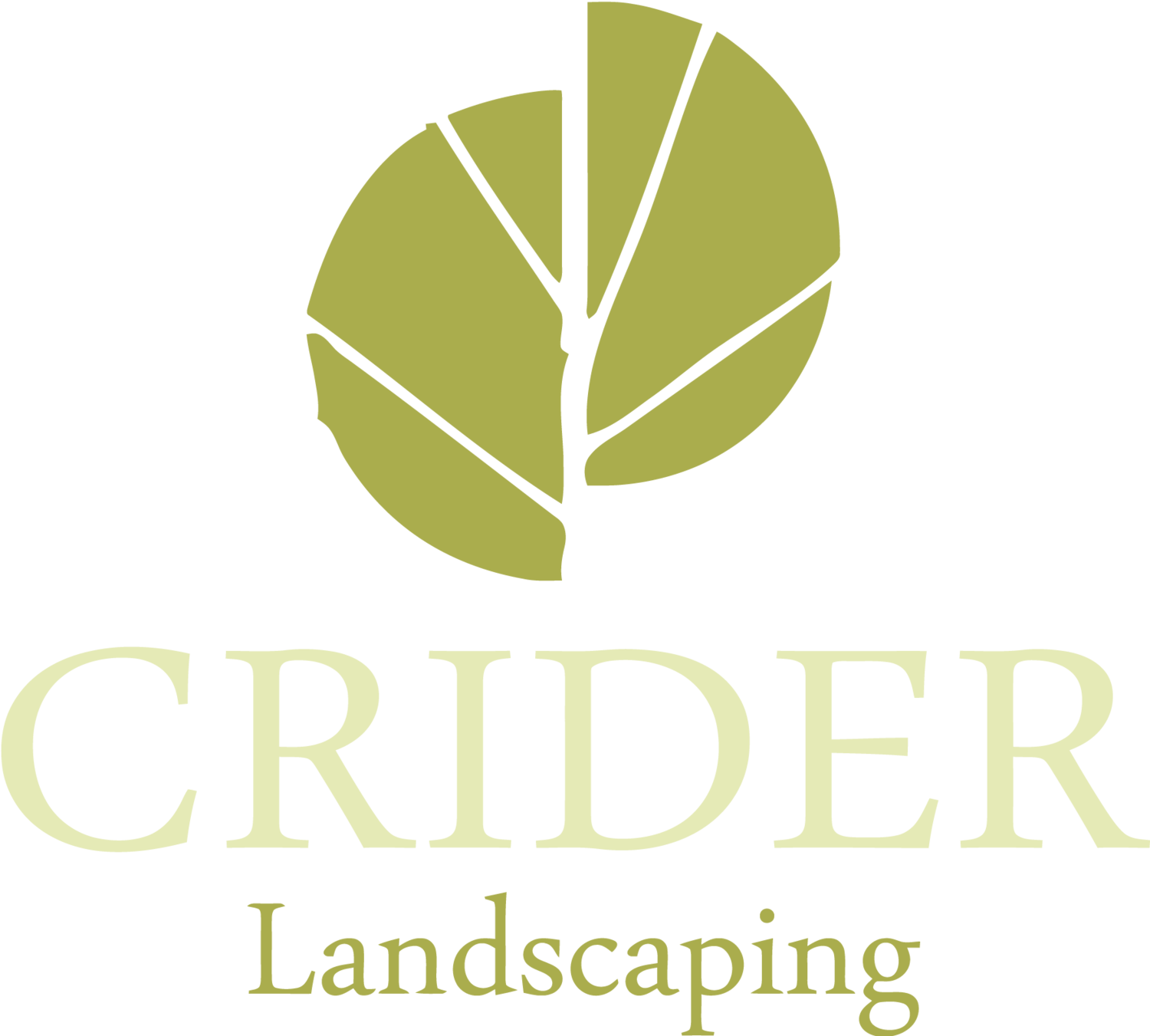Do You Know How to Care for Your Trees?
The value of trees to a property is incalculable whether they are small trees that erupt into blossoms in the spring or ancient and majestic oaks that provide shade and beauty. Here are some ways How to Care for Your Trees.
Mulching
Spreading mulch around trees keeps the soil moist, discourages weeds and keeps the roots cool in the summer. Organic mulch eventually breaks down and puts much-needed nutrients into the soil. Spread mulch to the drip line of the tree but don't let it touch the crown where the root meets the trunk because the tree uses this area to breathe. The layer of mulch should not be more than 4-inches thick.
Watering
A sapling needs plenty of water when it is first planted, and then, it should be watered deeply and regularly for the first two years or so. The rule of thumb is to water the tree down to the end of its roots. If the owner is worried that the soil is too dry, they should dig a hole about 2-inches deep next to the tree and feel the soil in the dug-out area. If it’s dry and crumbly, it needs water.
Bracing
Some of your trees may need a little support to remain growing straight instead of leaning. If this is the case then you will need to use stakes and baling wire in order to create an effective support for your young tree. Generally, it is recommended that 14- or 12-gauge wire is used for bracing the tree and the wire by itself may cause harm to the tree so it needs to be threaded through a length of rubber or hosing. Ideally, two stakes are placed just outside of the tree's root ball and the wire is looped around the trunk and secured to the stakes. Be careful to no secure the wire too tightly. Make sure that it is firm but loose enough to allow for some slight movement from the tree.
Remove Pests
Unwanted pests can cause damage to your tender trees as they try to survive during all seasons and weather. Part of caring for your trees is finding ways to remove the pests in the most natural and cost-effective way that will not damage the trees or the surrounding vegetation.
What to Clean & What Not to Clean
Clean up all debris from around the tree. That includes dead leaves, seeds, flowers, twigs, nuts, and trash. Leaving them encourages pests and diseases. If debris falls on the mulch, it should be removed. The mulch should only be tidied if it looks disordered.
Diseases on Leaves
Diseases of trees often show up in the leaves. One of them is rust. Rust creates mottled brown or orange spots on the leaves. Rust is more unsightly than dangerous. When the leaves finally fall in autumn, don’t add them to the compost pile but destroy them. Another disease that shows up on the leaves is powdery mildew, which is encouraged by cloudy, humid weather. Fungicides can take care of powdery mildew. If you suspect your tree has a disease, bring a leaf or two to your local nursery. There is often someone there who can help to diagnose the problem. Diseases on trees often “over-winter,” meaning they hang around and repopulate during the spring, so it’s critical to get it treated by a professional.
Fall Care
Fall is the time to remove dead leaves from beneath deciduous trees. They should be raked away gently with a bamboo rake that won’t damage the roots. Fall is also a good time to give a young tree a good soaking and refresh the mulch. Mulch keeps roots cool in the summer and can also protect them from cold in the winter. When all the leaves have fallen, give the tree a mild pruning. Trees that are well-established don’t need pampering. Still, there are things that owners can do to encourage their trees to thrive. As the fall season ends, and the winter season begins, you’re going to need some landscape maintenance. As you do, keep Crider Landscaping.


